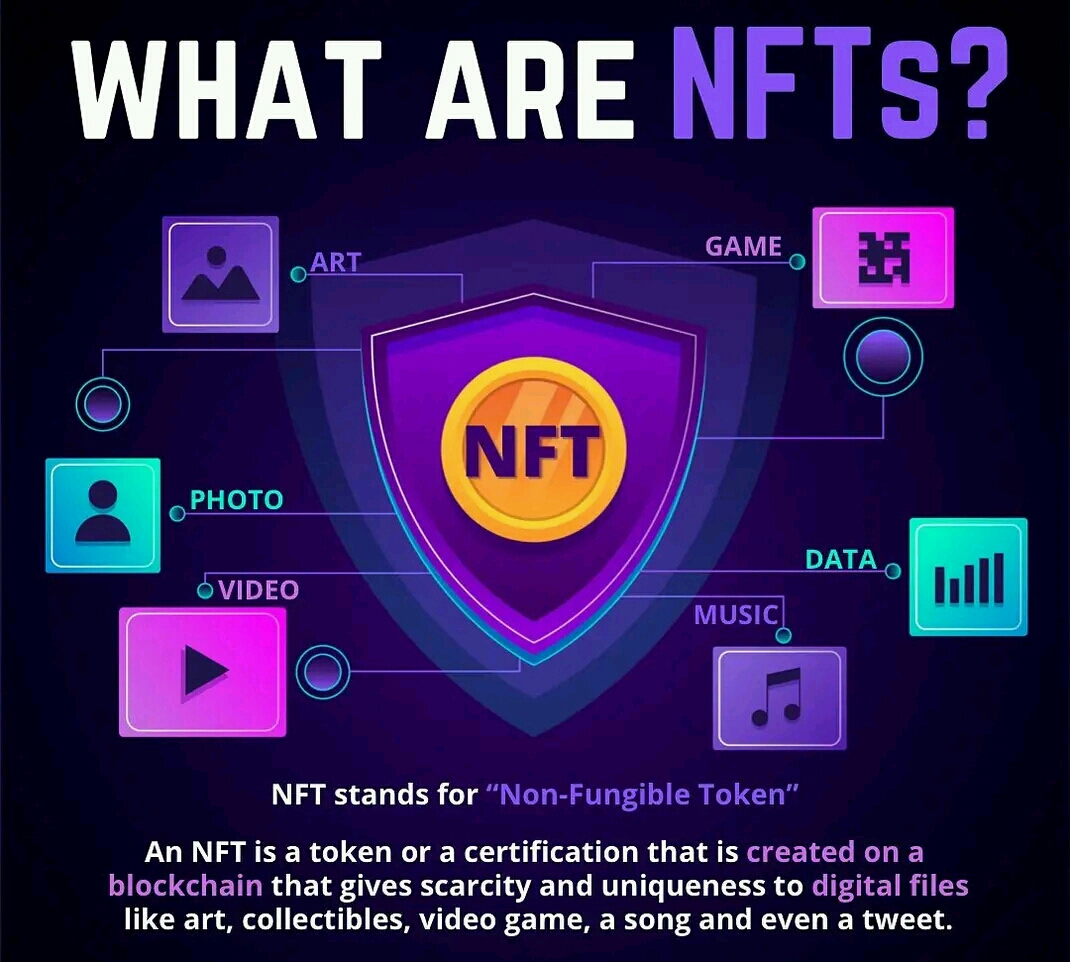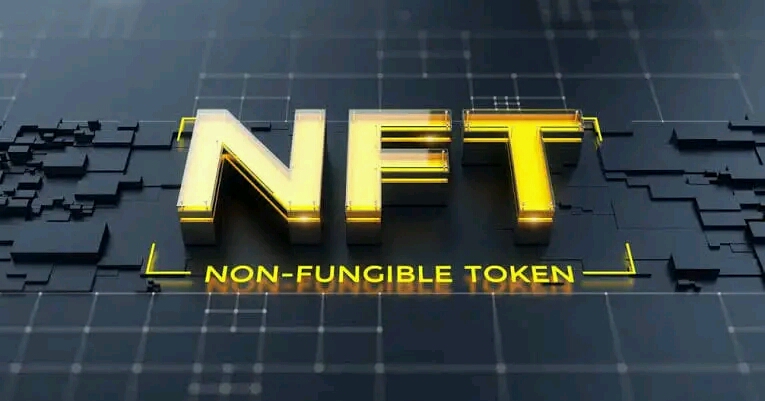Red Flags in NFT Promotion

Red Flags in NFT Promotion
What is NFT?
A non-fungible token (NFT) is a kind of crypto asset that records ownership of digital items, and has recently become a major asset in the creative world, with NFTs of artwork, music and internet memes selling for millions of dollars.
A non-fungible token (NFT) is a non-interchangeable unit of data stored on a blockchain, a form of digital ledger, that can be sold and traded.

Read this article on HOW AND STEPS TO CREATE AN NFT MARKETPLACE in order to know the meaning of NFT and how it works.
Types of NFT data units may be associated with digital files such as photos, videos, and audio.
How do I get NFT?
How to Make an NFT
1. Pick your item.
2. Choose your blockchain.
3. Set up your digital wallet.
4. Select your NFT marketplace.
5. Upload your file.
6. Set up the sales process.
7. Making NFTs can be a profitable investment.
What is NFT and how does it work?
NFTs are individual tokens with valuable information stored in them. Because they hold a value primarily set by the market and demand, they can be bought and sold just like other physical types of art. NFTs’ unique data makes it easy to verify and validate their ownership and the transfer of tokens between owners.
What is NFT Crypto?
Non-fungible tokens (NFTs) are cryptographic assets on a blockchain with unique identification codes and metadata that distinguish them from each other. Unlike cryptocurrencies, they cannot be traded or exchanged at equivalency.
Is Bitcoin an NFT?
NFT stands for non-fungible token. It’s generally built using the same kind of programming as cryptocurrency, like Bitcoin or Ethereum, but that’s where the similarity ends. Physical money and cryptocurrencies are “fungible,” meaning they can be traded or exchanged for one another.
Where products get naked.

Here you will find a variety of videos showcasing the coolest
products on the planet. From the newest smartphone to surprising gadgets and
technology you never knew existed.
It’s all here on Mobile Valet.
For NFT collections to sell quickly, they need competent promotion. This is relatively easy to do if you know how various websites work, the market’s guiding principles, and advertising basics. Still, not everyone who promotes NFTs finds success. There are a million examples of how a seemingly good collection collapsed due to inadequate marketing. This sometimes happens due to incompetence or fraud.
Red Flags in NFT Promotion
How to tell if you are dealing with scammers
Before we examine the signs of slow progress, it is worth dwelling on a few terms that may not be as clear-cut as they appear:
Scam, or swindle, is a confidence game or another fraudulent scheme, especially for making a quick profit;
Fraud is credit card graft that is common in e-commerce. In English-speaking countries, the word denotes all types of crimes, while in other regions it specifically means IT-related crimes;
Paid engagement is fictitious actions aimed at obtaining illegal gains and fraudulent profit.
It is essential to remember that there are many people unafraid of committing online fraud to cash in on other users’ gullibility. The common signals that may alert you to the fact that you are dealing with scammers are:
incomprehensible private messages;
unreasonable community growth;
vague future projection;
reluctance to reveal the project team’s past;
wildly different prices compared to popular NFTs;
e-mail spelling errors;
delays in contractual obligations, psychological manipulation;
fake influencers, impostors.
Many believe that a large community is always good and helps achieve great results, but it is actually subscriber activity that is of great importance. Some scammers artificially increase the number of followers they have on different social media by software means. This, of course, does nothing to form an active community that will share the collection with friends and anticipate the beginning of sales. In addition, the platform may notice the interference and block the rule-breaking page.
When promoting their collection, a real team will post regular updates and projections as to what progress can be achieved by a certain point in time. If such forecasts are absent, you are very likely dealing with scammers.
Red Flags in NFT Promotion
When promoting an NFT collection, it is imperative to understand the project’s core idea and what the developers have in store for its participants. It allows to successfully identify potential audience, choose the best websites for placing ads, or even find a celebrity for an integration. Definitely stay on your guard if you see that a project does not actively pursue these goals.
How to understand that an NFT project is failing
There are several tell-tale signs that an NFT project’s promotion has failed, with the most notable being:
sudden change of plans;
regular floor price reduction;
declining activity in social media;
delays, unfulfilled expectations, and developer silence;
discrepancy between rhetoric and the actual situation on the market.
To effectively promote any collection, one needs to attract a vibrant community on at least two social media platforms — Twitter and Discord. Audience growth is usually the fastest during initial promotion stages as social networks tend to promote new users. One can ensure that this growth will continue in the future with regular posts regarding essential and exciting information, contests, polls, etc. Poor social media management, on the other hand, always spells bad news.
In general, you can get an idea of how successful a promotion is by glancing at follower growth rates on the project’s official social media pages. If the project does not cheat by artificially inflating these numbers, they become a litmus test of how much people are interested in the given product.
However, if you notice that the public’s interest in your project is beginning to wane, it does not mean that good fortune has turned away from you forever. What it means is that it is time to revise your promotion strategy or hire better specialists to help you out.
11 reasons why NFT projects fail.
-No funding
-Lack of utilities
-Lack of motivation
-Overpriced collection
-You have bad Tokenomics
-Lack of direction and strategy
-Poor community management
-Under-qualified team members
-Founders not being the face of the project
-No solid collaborations with existing communities
-Bad execution of their marketing and communications
Hope this article on Red Flags in NFT Promotion helps?
Comments are closed.